- Home
- Life
A Life Definition?
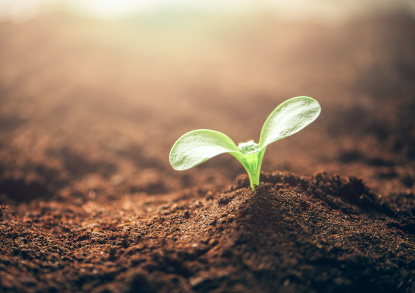 Green shoots sprouting from the earth; ID 351169886 © Jchizhe| Adobe.com
Green shoots sprouting from the earth; ID 351169886 © Jchizhe| Adobe.comIf we want to understand the meaning of life and how to increase it in our own lives then we need at least an understanding of life itself. What is it? Can we find a suitable life definition?
On this page, we'll start with a dictionary and end with a deeply spiritual life definition. On the way, we'll look at how science defines life.
The dictionary meaning
 Can life be defined in a dictionary? ID 90492608 © Feng Yu | Adobe.com
Can life be defined in a dictionary? ID 90492608 © Feng Yu | Adobe.comThe Oxford English Dictionary gives 4 broad definitions and 14 sub-definitions. That's just if you type in the single word "life" and select "noun"!
Here are the most relevant meanings:
- The condition of being alive
- a vivifying or animating principle
- the period from birth to death
- the course of your life (how it went or how it is yet to go)
OK. So, you're alive, you're animated, you're somewhere between life and death and you want to inject greater meaning into the course of your life.
If we want to inject greater meaning we need to understand what being alive means.
Let's see what science has to say.
The scientific life definition
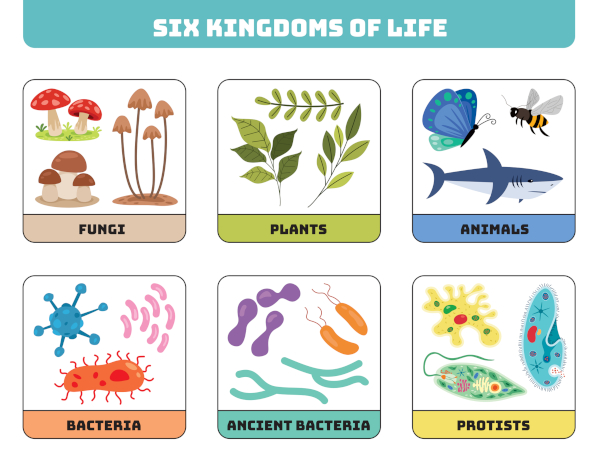 The six kingdoms of life on Earth; ID 321096714 © Yusuf Demirci |Dreamstime.com
The six kingdoms of life on Earth; ID 321096714 © Yusuf Demirci |Dreamstime.comScience describes life in terms of organisms and their environments. An organism is an individual life unit and is made of cells. There are single-celled organisms (such as bacteria) and multi-celled organisms (such as trees, fish birds and apes). You, being an ape, have many cells (trillions!)
Organisms display certain characteristics which can be observed and these characteristics can be used to define life scientifically.
The 7 Characteristics of Living Things
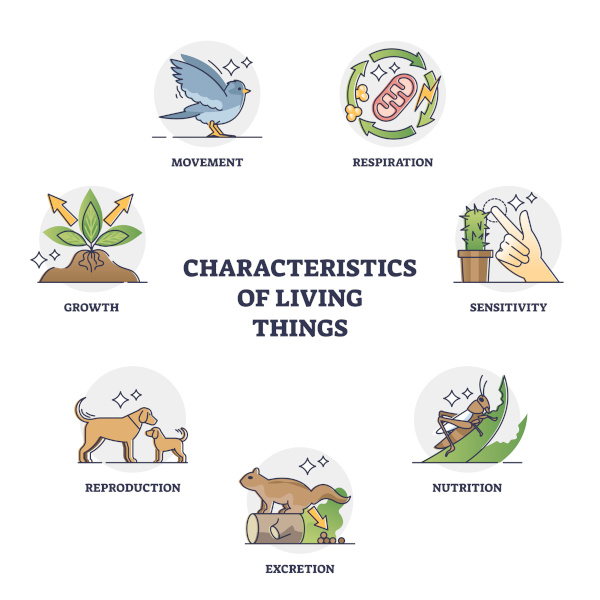 The seven characteristics of living things; ID 236890150 © VectorMine | Dreamstime.com
The seven characteristics of living things; ID 236890150 © VectorMine | Dreamstime.comAll living things have the 7 characteristics illustrated above in common.
Entropy
 Rusting cars in a heap in a scrapyard; ID 290114367 © Grazvydas | Dreamstime.com
Rusting cars in a heap in a scrapyard; ID 290114367 © Grazvydas | Dreamstime.comAnother way in which scientists have tried to define life is in terms of entropy.
Entropy is a measure of disorder. All purely physical systems become disordered over time. Their entropy increases. If a non-living thing, such as a car, is left to itself, its parts naturally get more and more disordered as time goes by. Bits corrode and fall off!
In scientific words, the entropy of the neglected car increases as time goes by.
Overall, entropy always increases. You'll never see a scrapyard car spontaneously turn into a new one! Or a smashed egg that you dropped on the kitchen floor spontaneously come together with all the pieces of eggshell in place and then jump up back into your hand!
Living Things and Entropy
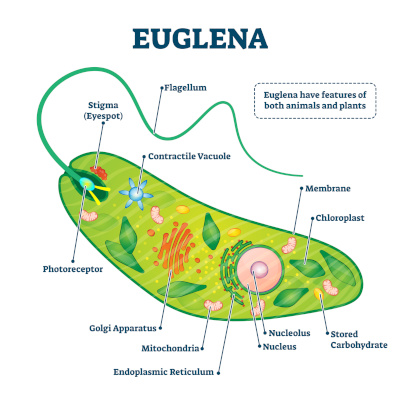 Internal order even in a single-celled creature; ID 164166352 © VectorMine | Dreamstime.com
Internal order even in a single-celled creature; ID 164166352 © VectorMine | Dreamstime.comHowever, all living things, unlike the scrapyard car, keep themselves in an ordered state. They maintain order in their own inner environment. This is in fact an 8th characteristic of living things.
Living things are said to be "self-organising". They feed, use energy and get rid of waste products. They heal, grow, reproduce and evolve. Yet they maintain their own inner order in spite of all the changes in their environment.
As a simple example, if you get too hot, you sweat which brings your inner temperature back down. Get too cold and you start to shiver which brings your temperature back up. In this way, your internal body temperature is kept at the optimum level.
Many other internal body measures are are also maintained at their own right levels so that you can continue to live.
How does this work in terms of entropy?
Negative entropy
 Order in the food we eat! ID 349986725 © Pangjjaruwan | Dreamstime.com
Order in the food we eat! ID 349986725 © Pangjjaruwan | Dreamstime.comAll organisms, large and small, work to maintain themselves in a low entropy state. We can say that they feed off "negative entropy". They extract order from their environments. By eating food for example.
Think of the BLT sandwich you may have had for lunch. The slices of bread, the butter, the bacon, the lettuce and the tomato are all arranged in a highly ordered way.
Now think (if you don't mind!) of the orderly arrangement of matter in the excreted material expelled from your rear end after you have enjoyed eating and digesting your nice, orderly BLT sandwich. That's right, there isn't any.
Order in the sandwich has been transformed into disorder in the excreted material. Where has the order gone? Your body has kept it for its own use.
In other words, you have fed on order - or negative entropy - and, in this way, your own bodily entropy is kept low.
So that unlike the neglected car you don't corrode and fall to pieces!
Life is holistic
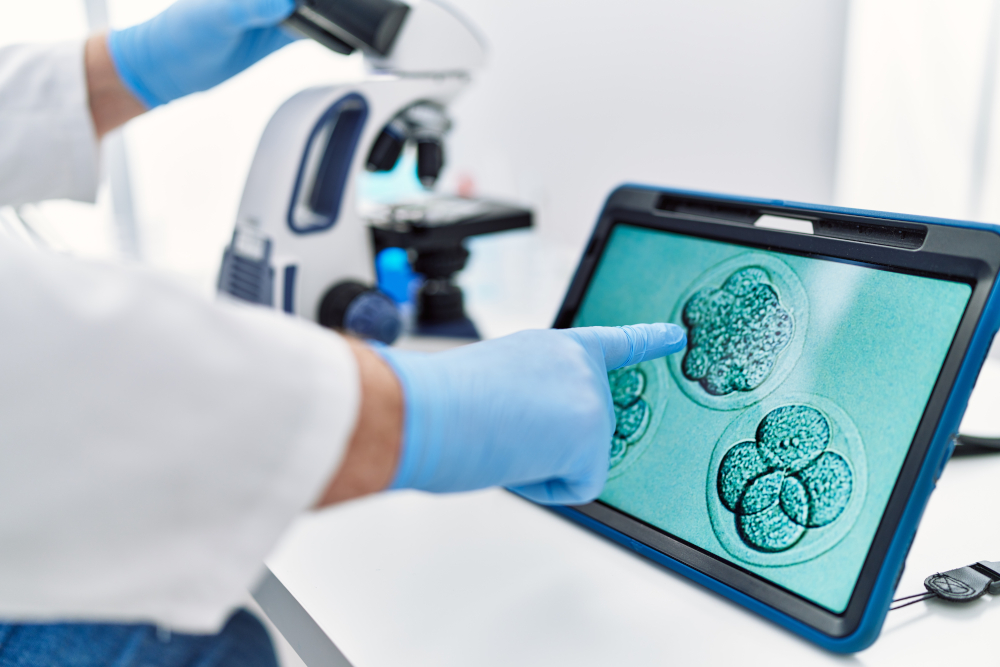 How do the parts make a whole? ID 565867383 © Krakenimages.com| Adobe.com
How do the parts make a whole? ID 565867383 © Krakenimages.com| Adobe.comEvery organism has physical parts. That is, they are made of bits of matter which, in themselves, are not alive. And these material parts can of course be described in terms of physics and chemistry.
Even the interactions between the parts can be observed, measured and described in scientific terms. For example, how your nerves work to transmit signals from your brain to your muscles. Yet, it is not possible to explain life solely in terms of scientific measurements. No one knows how to artificially make a single living cell from just the raw physical and chemical components.
All the physical and chemical parts that make up a life form work together to create the whole organism. At the same time, the whole organism works to structure and regulate the parts. We could say that the whole organism itself gives meaning to the parts. Without the whole to start with, the parts have no meaning or purpose.
Life is holistic.
This is a scientific mystery which needs to be dealt with through an holistic life definition. We need to add something to science to fully understand life and its meaning.
A spiritual life definition
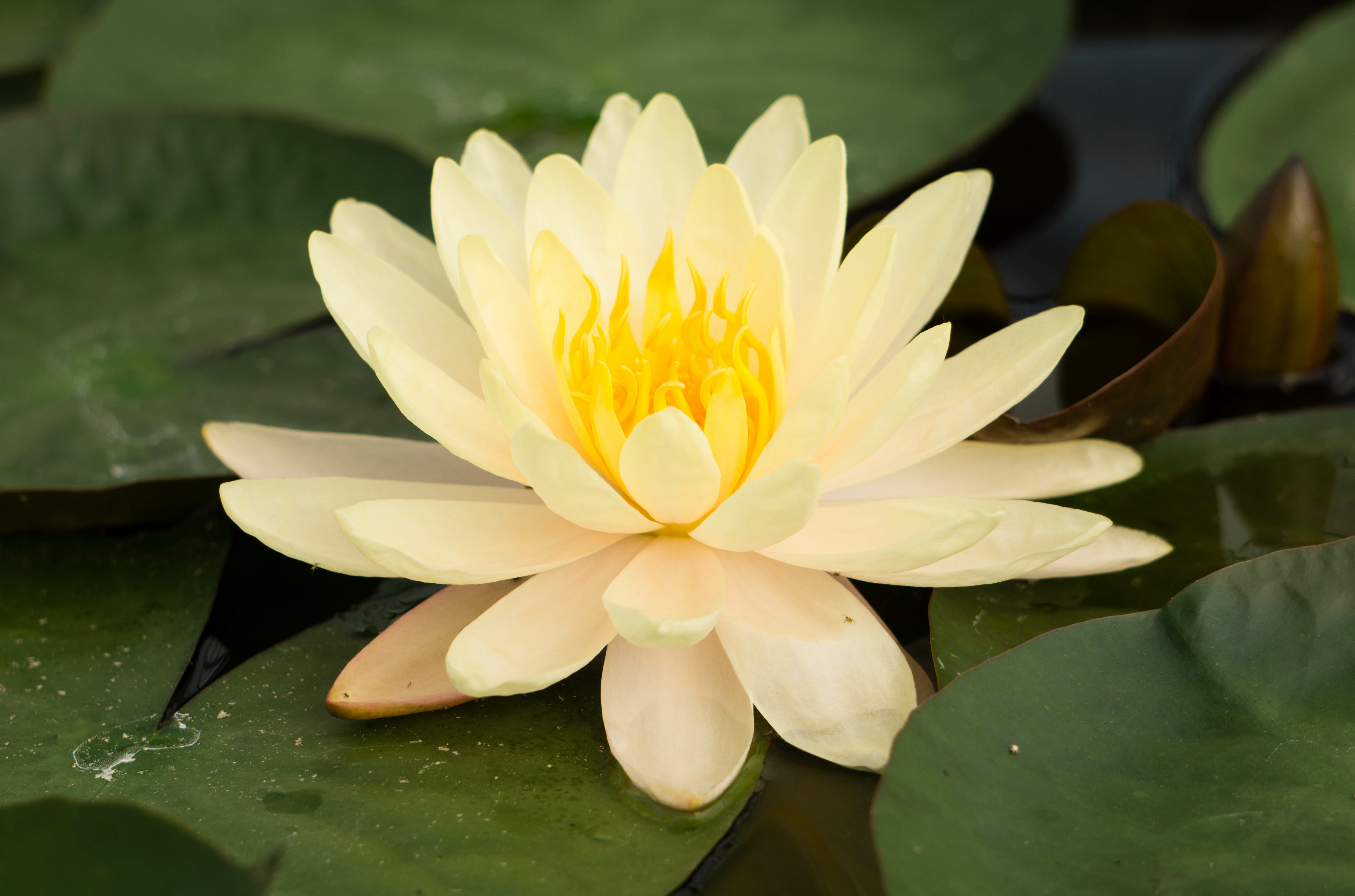 The wholeness of life in a yellow Lotus; ID 98713911 © kazaalong| Adobe.com
The wholeness of life in a yellow Lotus; ID 98713911 © kazaalong| Adobe.comSpirituality can be defined in terms of wholeness, especially on the level of personal experience. Is our life experienced as a set of disconnected parts or is it experienced as a living and harmonious whole?
An holistic life definition is of necessity a spiritual life definition. It must connect together all the different parts of our life into a coherent whole. Not only our life, but all life taken together. As Aristotle said, "The whole is greater than the sum of the parts".
Understood in another way, we could say that life emerges in a living entity as soon as the necessary parts of that entity work together in an holistic way. Life is then the whole which is greater than the sum of those parts.The more coherent the functioning of the parts, the greater the expression of the wholeness.
Here we have our spiritual life definition.We can apply it to an understanding of the different life forms described by scientists and we can also apply it in our own personal and social lives through an understanding of our own consciousness.
Just understanding this idea already provides a means of increasing the meaning in our own life. We do not live as individuals in isolation. We live as members of a family, a social group, a work organisation, a nation. If we can act more holistically as a member of each of these social units, then life for both ourselves and the group will become more meaningful.
Interestingly, there is a way, through group practice of Transcendental Meditation, to enhance the coherence in the collective consciousness of any group. Thus improving holistic behaviour and increasing the meaning of life for all group members. More about this later.
The spiritual meaning of life
 The rays of sunlight disperse the clouds; ID 3340213 © Lulu Berlu | Adobe.com
The rays of sunlight disperse the clouds; ID 3340213 © Lulu Berlu | Adobe.comMaharishi described life in his classic book, The Science of Being and Art of Living in the following way:
"Life is the light of God, the expression of Divinity. It is divine. It is the stream of eternal being, a flow of existence, of intelligence, of creativity, of purity, and of bliss."
To begin to understand this completely spiritual life definition, we need to understand first that life is structured in layers.
For example, your mind has four distinctly different layers:
- the outer layer where thoughts are projected into speech. This is where your mind is closely co-ordinated with your body and either acting or about to act.
- a layer inside your mind where you have purely mental thoughts without speaking. If you can do that nice and quietly it can be very satisfying.
- an inner layer beyond that where the activity of the mind is very subtle and radiant. Your intellect would be very refined and stable. Life lived on this level of the mind is joyful. This is where spirituality first expresses itself into your life.
- an innermost layer where the mind is completely silent yet wide awake. This is the transcendental level of life which underpins all mental and physical existence. Without this layer nothing would exist. This is the level of "eternal being". Awakening to this level in our own life and learning how to project thought and activity from there is the way to unfold the life definition given by Maharishi above.
The layers of life
Here are three analogies used by Maharishi to illustrate the idea of layers of life. Quotes are from his book: Maharishi Mahesh Yogi, Science of Being and Art of Living, 1963.
The Ocean and The Waves
 Life is like a wave on the ocean; ID 87269314 © Tamara Kulikova| Adobe.com
Life is like a wave on the ocean; ID 87269314 © Tamara Kulikova| Adobe.comLife is an Ocean of Being, completely silent in its depths and completely dynamic on its surface. In between are different layers of temperature and density, linking the two extremes of silence and dynamism.
"Likewise, Being is the same and yet different at different levels of creation. It is composed of different levels of understanding, different levels of intelligence and creativity, and different levels of peace and happiness."
Each wave is like an individual expression of life, permanently connected at its base to the unbounded Ocean of Being.
The Tree
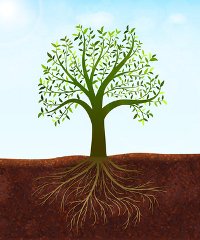 Life is found in layers in a tree; ID 137774226 © maribom| Adobe.com
Life is found in layers in a tree; ID 137774226 © maribom| Adobe.comLife is like a tree. The tree has three layers: outer; inner, and transcendental. The outer layer is formed by the trunk, branches, leaves, flowers and fruits. The inner layer is the root system. The transcendental layer is the field of nourishment that lies outside the root system and which is represented inside the tree by the sap.
The sap "is the essence of the entire tree. It makes the root and, passing through the root, gives rise to the various aspects of the tree."
Thus, "the tree is nothing but the nourishment that comes from outside the boundary of the individual tree."
"Similarly, the life of man, or any individual life in creation, has three aspects: the outer, the inner and the transcendental. The outer aspect of life is the body; the inner is the subjective aspect of the personality which is concerned with the process of experience and action; and the transcendental aspect of life is Being."
The Coconut
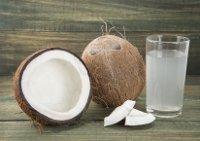 Layers of a coconut, including the hollow space inside; ID 114100661 © Luis Echeverri Urrea| Adobe.com
Layers of a coconut, including the hollow space inside; ID 114100661 © Luis Echeverri Urrea| Adobe.comLife is like a coconut. The hard shell and husk of a coconut is the outer part, which can be compared to the gross physical aspect of life, the body. The kernel inside, the solidified layer of milk, is the inner aspect, representing the inner life, the subjective aspect of the life of the individual. The pure milk inside that represents the active phase of the transcendental aspect of life, the creative intelligence that structures and regulates the different layers of life.
The hollow space inside the coconut represents the silent absolute phase of transcendental Being which underpins the relative phases of life
and provides a stable basis of absolute orderliness for the whole of creation.
"The milk in its pure form has solidified into a firm inner layer and surrounds itself with the harder and more solidified layer of the shell in order to protect the precious inner aspect of the coconut."
"Similarly, in the life of the individual we find that inner Being is unmanifested absolute Being which manifests as the ego, intellect, mind, senses and prana. All these subtle states of life make up the inner man or the subject within, the subjective aspect of life. The subjective aspect of life differs from the objective aspect of life, which is the body in all its various attributes."
In summary
The scientific life definition is insufficient to help us understand fully the holistic nature of life. We need a spiritual definition to help us in fulfilling the purpose of our life and to find the greatest level of meaning.
The spiritual life definition points the way to a wholeness of awareness in which the inner divine aspect of life is consciously linked to activity in the shared world in which we live.
Back to: top of page
Back to: The scientific life definition
Back to: The spiritual life definition
More pages:
- Home
- Life